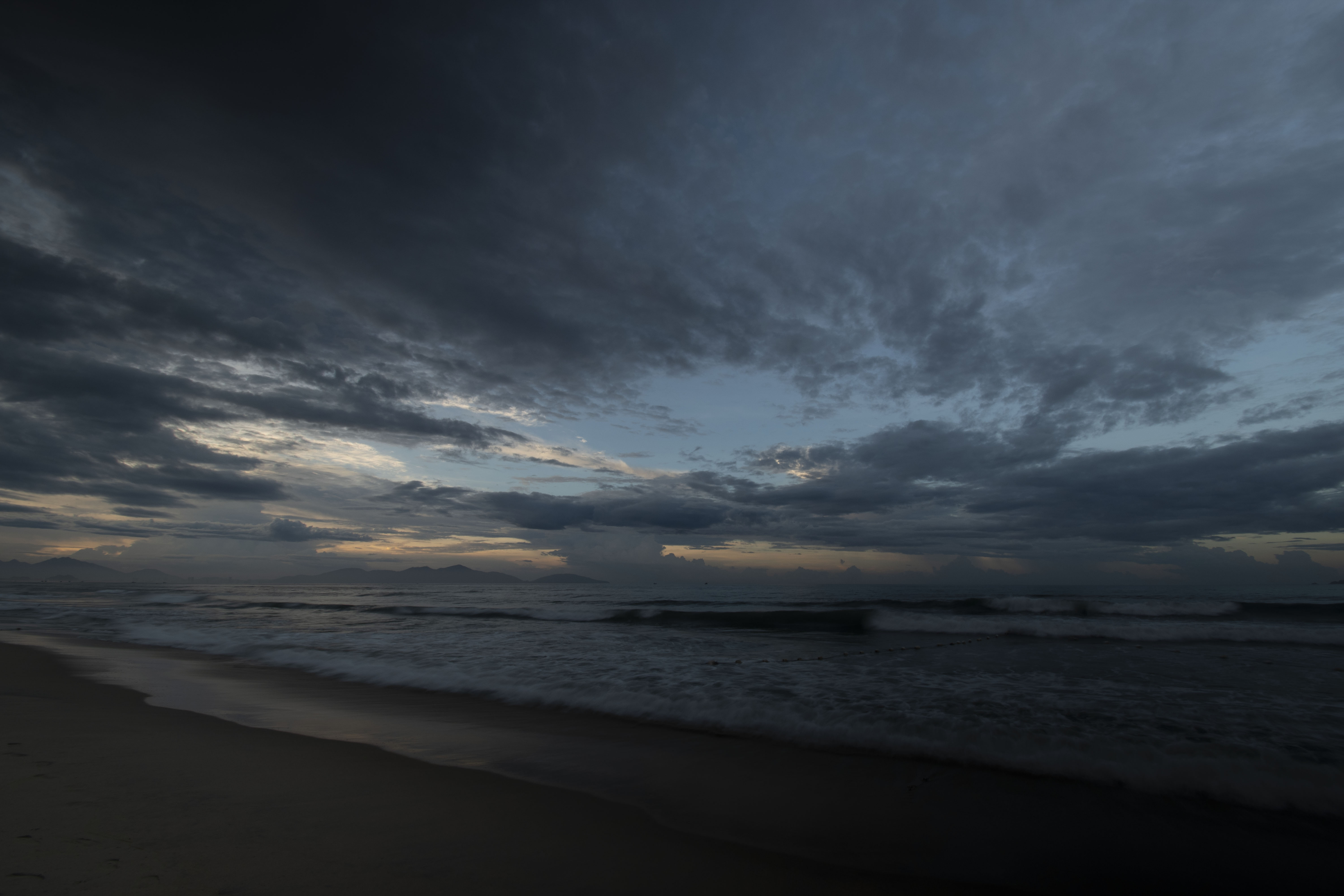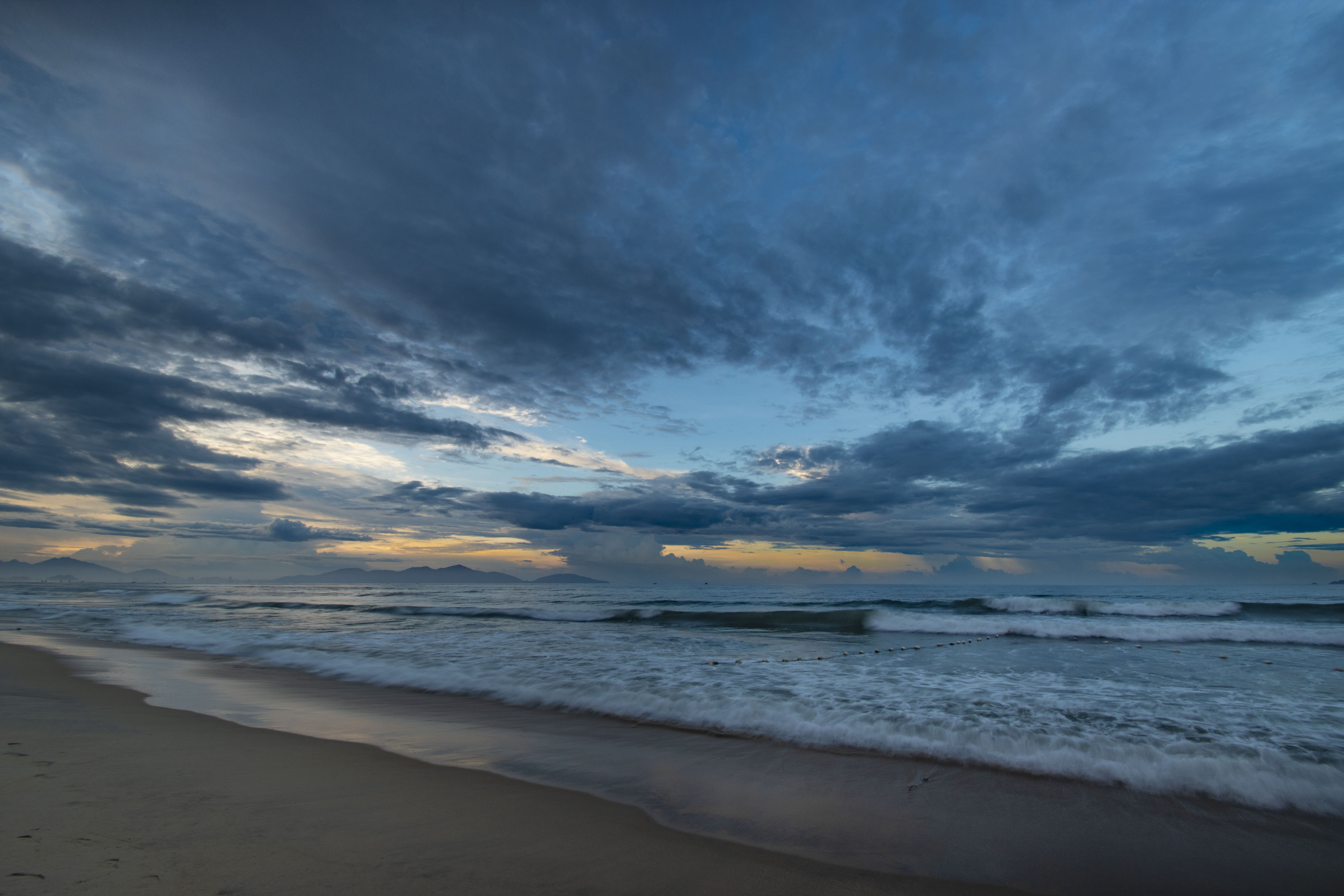- Joined
- Dec 14, 2009
- Messages
- 12,689 (2.38/day)
- Location
- Glasgow - home of formal profanity
| Processor | Ryzen 7800X3D |
|---|---|
| Motherboard | MSI MAG Mortar B650 (wifi) |
| Cooling | be quiet! Dark Rock Pro 4 |
| Memory | 32GB Kingston Fury |
| Video Card(s) | Gainward RTX4070ti |
| Storage | Seagate FireCuda 530 M.2 1TB / Samsumg 960 Pro M.2 512Gb |
| Display(s) | LG 32" 165Hz 1440p GSYNC |
| Case | Asus Prime AP201 |
| Audio Device(s) | On Board |
| Power Supply | be quiet! Pure POwer M12 850w Gold (ATX3.0) |
| Software | W10 |
That's not the main feature of a polarization filter though, but rather to tame down blue skies, allowing for more balanced full-frame exposure, better colors, more contrast in any clouds and sky detail, and less blown out highlights.
I've used variable ND filters quite a bit, and they can be good as long as you're aware of their limitations (and you get one with no color cast). The main issue is that a variable ND is just two stacked circular polarizers stacked on top of each other (with opposite polarization), and rotating them relative to each other blocks out varying amounts of light. The issue is that the blocking of light is not equal across the frame (as it is dependent on the angle of incoming light), especially (but not limited to) wider angle lenses. This can easily lead to dark or bright areas in your photos that force some very annoying corrections in post (if possible at all). They also interact kind of weirdly with sunlight due to being polarized, enhancing the blotchy/uneven effect.
An illustration, a not-very-long exposure shot from a beach in Vietnam back in 2018:

Note how dark the areas from 4 o'clock to 6 and 10 to 12 are.
Here is after a lot of processing in Lightroom. IMO this was (barely) salvagable (the clouds in the upper left look kind of terrible) but there is still a lot more noise in those areas thanks to the excessive brightening needed. At best usable in small sizes.

(In case anyone cares: Pentax K-70, Tamron SP AF 10-24mm F/3.5-4.5 Di II LD @ 10mm, f/11, 1/2s, ISO 100. And if anyone wonders why the original exposure is so dark, it's because that blotchy effect got far worse at higher exposure levels, meaning I had to underexpose to get usable results at all.)
Lovely shots.




